The Central Heritage Journey is the name of a tourist initiative developed by the Vietnam General Administration of Tourism, as well as the road that connects world heritage sites in the Central area. The trip includes visits to Phong Nha–Ke Bang National Park (Quang Binh) and the Hue Citadel. And two Quang Nam provincial relics are the historic monuments of Hue capital and Hue Royal Refined Music, My Son Holy Land, and Hoi An ancient town. The Vietnam Pilgrimage Company will provide some knowledge and expertise on these tours through this article to assist you in acquiring relevant guides to set up a plan to see all of the core land.
The idea of forming a journey
Paul Stoll, a German tourism consultant, was the inspiration for the core historic path. With a concern for Vietnam’s tourist potential and a profound affection for this second home, he designed and launched the project that unites the cultural values that he imagined and launched. This project was designed and developed by the General Department of Tourism, and it has created a large network throughout the country to help build a brand for Vietnam tourism dubbed The Central Heritage Journey.
Quang Binh Province: The first schedule in Center Trip
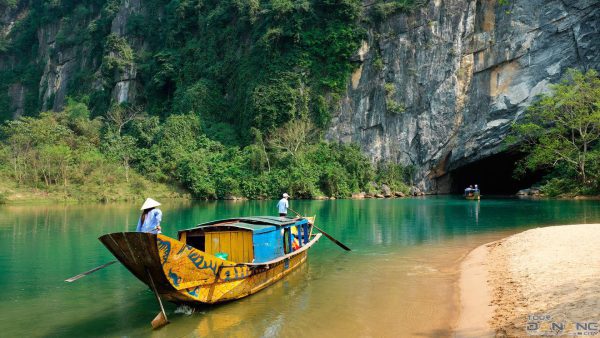
When compared to a geological museum, Phong Nha-Ke Bang National Park is an essential destination in Quang Binh tourist programs since it is recognized as a natural heritage based on geological and geomorphological criteria. priceless, with global relevance There are hundreds of rare animal and plant species, many of which are included in Vietnam’s and the world’s Red Books. There are also limestone tectonic plates that have existed for millions of years, with over 300 caverns, both huge and little. Aside from the majesty of the limestone blocks and caverns, the system of rivers and peaks, with waterfalls and a vast subterranean river system, is one of the highlights of this national park. Phong Nha–Ke Bang National Park, being the first site on the road south, always offers exciting things to discover in the first schedule.
Hue Citadel—The Cultural Heritage’s court
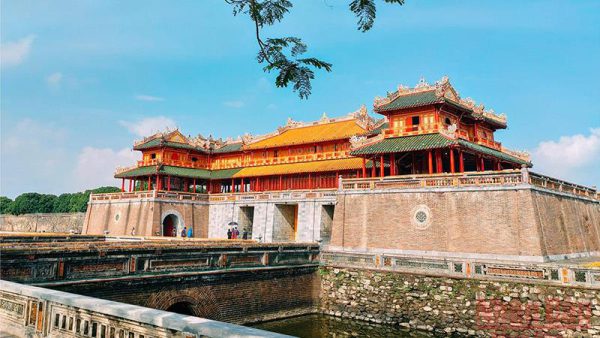
Along with historically noteworthy architectural achievements, various cultural platforms at the citadel, such as “Hue Royal Music” and other ceremonies, have been classified by UNESCO as treasures of mankind’s intangible and oral cultural heritage. When you are here, you do not only get to witness the cultural treasures of high historical worth, but you also get to be immersed in the tranquility and lightness deep in the heart of Hue City.

Da Nang City – The interplay of intangible and tangible things
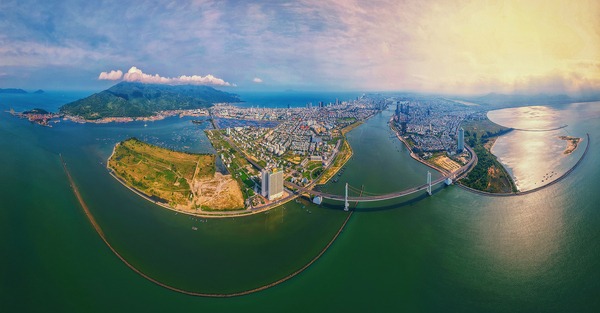
Da Nang is well-known for its lovely beaches and distinctive architectural elements. Furthermore, this region is renowned as a crossroads for international cultural heritage. You may simply and comfortably travel from Da Nang to Hue or Quang Nam to discover additional global cultural heritage sites. The Ngu Hanh Son picturesque sight in Da Nang city is also one of the spots where the Vietnam Pilgrimage Company wishes to give you a small piece of advice when traveling on the Central Heritage adventure, despite its pricey location. Is this a cluster of six mountains abounding with natural beauty and spirituality, with one of three pagodas named Linh Ung? Visitors will have a plethora of options to visit different sites when they arrive here, standing in front of an abundance of tourist spots.
Quang Nam – The last destination
From here, you may explore the remnants of the former Cham Pa kingdom through the ruins of My Son Holy Land. Because of its proximity to two global cultural heritage sites, Quang Nam province is a popular destination for both local and foreign tourists.
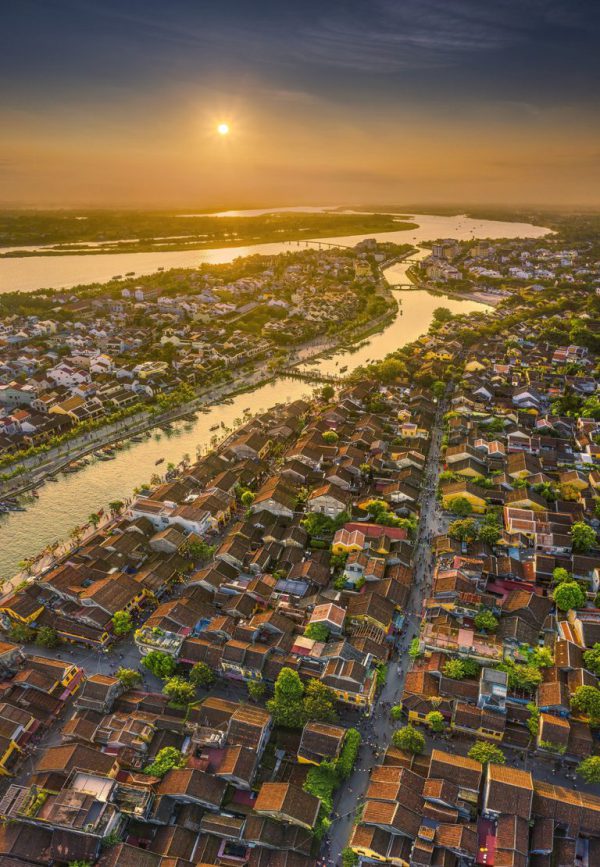
The Hoi An Ancient Town with unique architecture brings to life an ancient, silent location, transforming it into a site brimming with the cultural and historical quintessence of Vietnam.
It attracts tourists not only because of its beauty but also because of the national festivals kept and nurtured by the people. Other cultural sectors including music, performances, and folk games, in addition to the festivals rich in national identity, play an essential role in generating the appeal of its own.
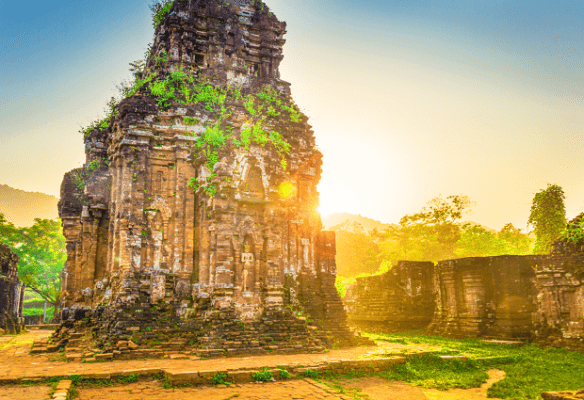
Visitors will conclude their trip of a core legacy when they arrive at the My Son Holy Land after immersing themselves in the nostalgic environment of Hoi An old town. The My Son region contains 70 various temples and towers, with many historical architectural features from each step of the ancient Champa kingdom’s growth. The temples, made completely of bricks and carved into blocks, are the first thing that strikes you about this place. In addition to viewing the relic, learning and enjoying the charming Apsara dance at the relic is an intriguing experience worth having.
We hope that this page has helped you understand more about the different heritages in Vietnam’s central area, as well as to plan your destination visit. And we also hope you have an interesting and meaningful experience.
More: Top 10 sacred and popular pagodas in Vietnam central




Bài viết liên quan: